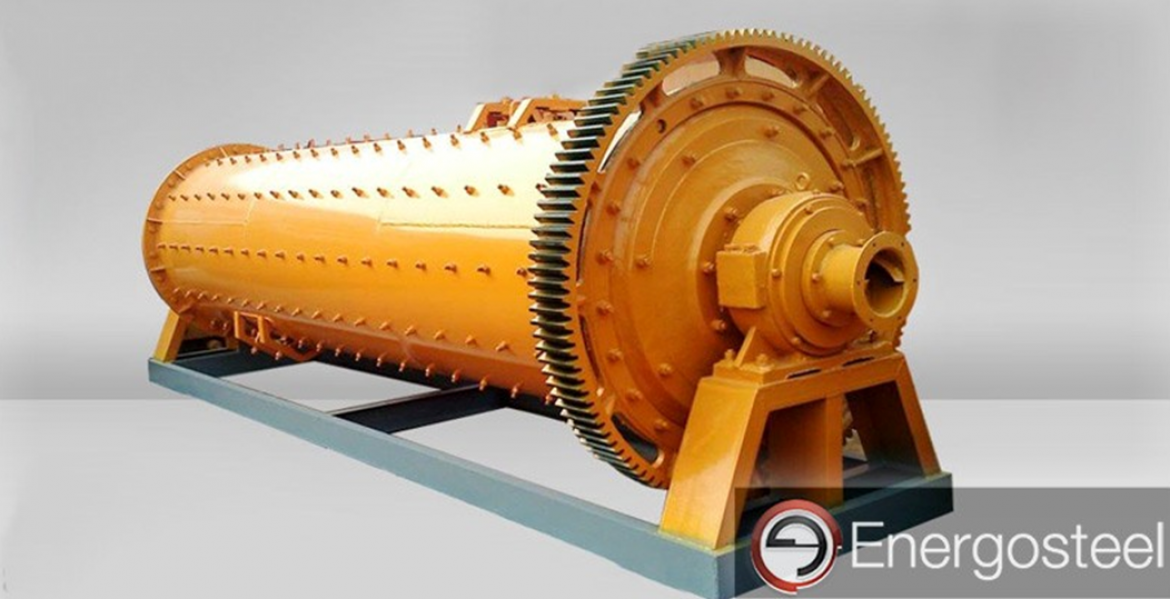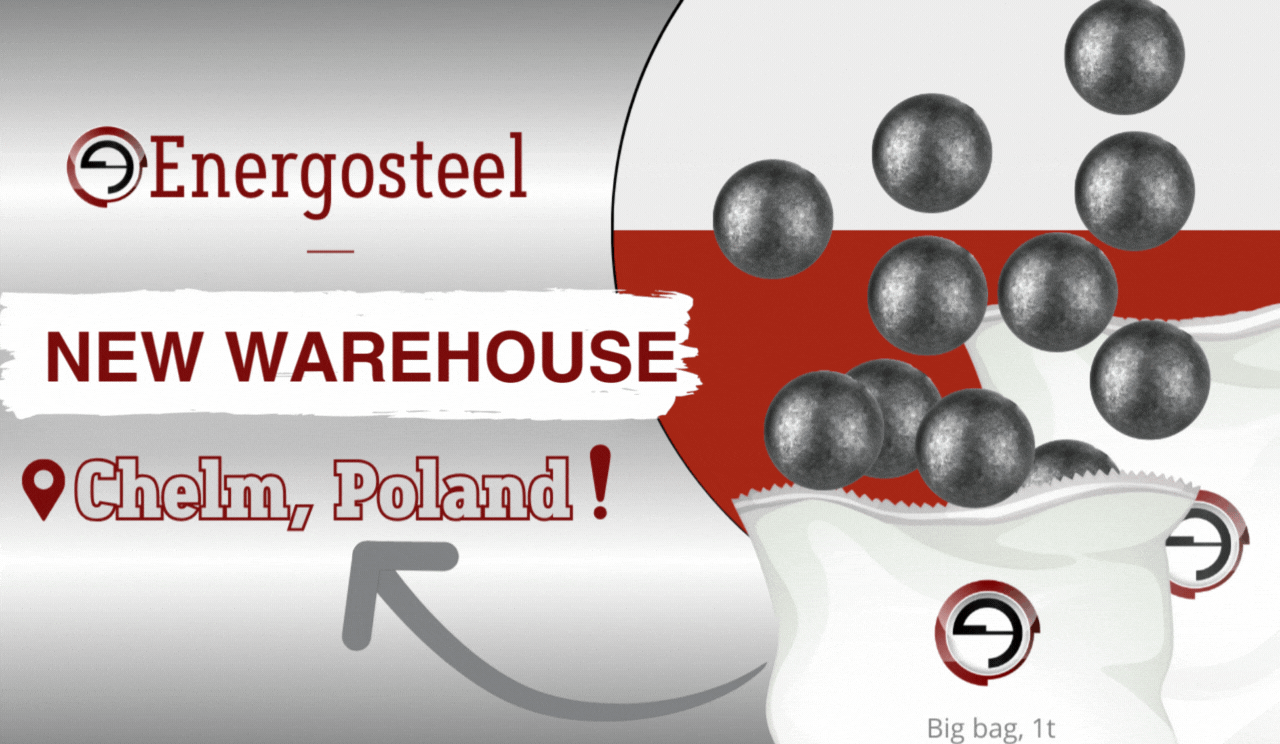We continue to examine the process of grinding minerals in ball mills using steel grinding balls. In this publication, we will look at one experiment, the results of which reveal very informatively the grinding mechanism. In other words, we will try to understand how the grinding of rock particles in ball mills occurs in stages.
The nature of the mechanical action of the steel grinding balls on the ore is determined by means of lead markers. During the experimental work, lead particles were loaded together with ore into the working chamber of the laboratory ball mill. At certain intervals in the mill the abraded material was extracted and the lead markers were separated by gravity using a flushing tray or a concentration table. In this way, it was possible to sequence the shape and size of the markers as well as the deformation marks on them. Based on this, the sequence of the grinding process was studied in detail.
The research was carried out on a laboratory ball mill with a drum diameter of 42 cm and a length of 52 cm. The drum speed was 20 rpm, which corresponds to the cascade mode of the mill. The volume of the working cavity is 0,07 m3. Grinding balls have a diameter of 10 cm to 20 cm. The ball loading by volume of the grinding chamber is 45-50 %.
The initial sample to be milled was quartz gold-bearing ore with a grain size of less than -7 mm, a single sample volume of 15 kg, in which 4×4 mm square lead markers with a thickness of about 0.5 mm were added. The mill was loaded in the dry grinding mode of the samples.
The lead markers, due to their high density, settle at the bottom of the working cavity during the initial operation of the mill. The grinding balls in the mill then roll over them and roll them into plates and flakes.
During the initial period (2 hours of mill operation), they are rolled (flattened) and due to thinning they acquire larger sizes along their sides. This results in a coarse fraction yield of up to 70 %. Once the bout markers are less than 0.3 mm thick, they detach from the bottom of the mill cylinder. Therefore they enter the ball return zone (natural sorting of the grinding balls in the mill by the different forces and liner lifters). In this zone, they experience forces of rotation about the axis of their plane. As a result, their total thickness increases. The markers sink to the bottom of the mill again. They are then bent twice or even three times under the pressure of the grinding balls. The process of them being rolled into flakes by the grinding balls resumes.
As the particles flatten out, although they increase in length and width, their hydraulic coarseness decreases. As the particles are rolled out, a large amount of fine aggregate is pressed into the surface of the particles. After the flakes are bent, the process of rolling out the markers again and pressing in the fine aggregate material on the surface of the newly formed flake is repeated. As a result, a multi-layer “sandwich” of newly formed flakes is formed. As a result, the relatively coarse particles are dispersed into smaller flakes under pressure.
In doing so, they are separated not only along the fracture line by debris, but also along the accumulated layers of flake folding. This can explain the simultaneous grinding of the markers into small, fine particles during the final hours of the mill.
The depressed ground material on one of the marker surfaces is a further indication that the lead material is being moved along the bottom of the mill by sliding, but not by rolling. No crushed material is observed on the opposite side. The depressed surface of many of the markers shows that the high-density particles are shedding to the bottom of the mill. All of the above shows the existence of stratification (separation into layers) of the crushed material by density.
Due to their high density, lead and gold particles are localised directly on the working surface of the ball mill and, depending on their thickness, are arranged in sectors where the thicker particles are in the lower sectors and the thinner ones are higher. All results from the work indicate the existence of a density stratification of the material to be destroyed. Fracture of lead markers and gold occurs as a result of successive indentations of the crushed material. The deformation of the markers occurs in the following sequence:
- Rolling out the markers with grinding balls and coarse aggregate to fine flakes;
- Pressing of fine aggregate material onto the surface of the markers;
- bending into a U-shape of the flakes caught in the area of the opposing rotating balls;
- re-rolling;
- breaking of repeatedly folded and rolled markers into small particles.
Thus, we can assume that these stages of destruction are also characteristic of the particles of the material to be milled. This experiment shows that for maximum grinding efficiency, in addition to a correctly selected assembly of grinding bodies, it is necessary to clearly observe technological conditions: mill discharge density, amount of ore in the feed, mill rotation speed, etc.







